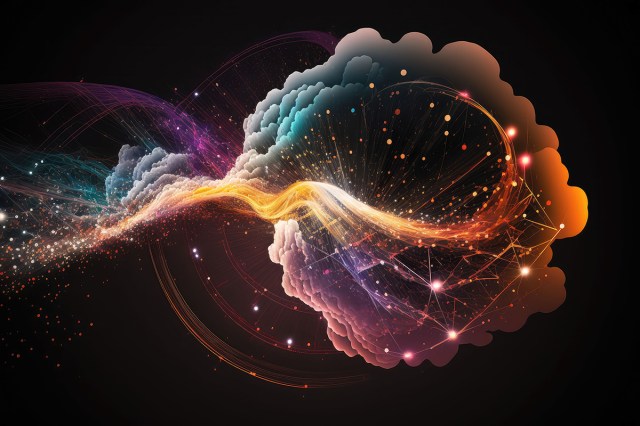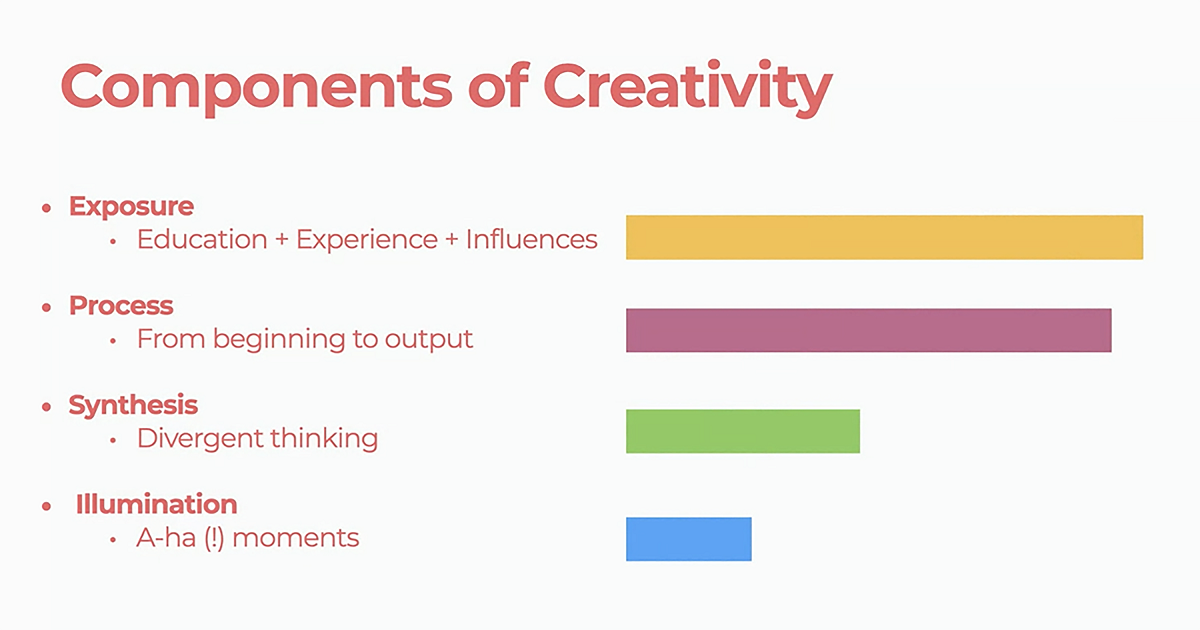
TL;DR
- Content creator and AI artist Taryn Southern shares practical tips for how you can use AI to transform your creative process and your storytelling.
- Southern thinks that in five years AI will enable storylines to shift along with our intended physiological states.
- She stresses that AI is not a silver bullet for creativity and that there will be issues to manage (such as copyright) but that it’s up to us storytellers to determine what we want to use it for.
“In the time it takes for me to even finish the sentence, AI can create a 4K photograph, craft a pitch deck, produce pop songs,” says content creator and AI artist Taryn Southern. “We knew the robots would eventually come for our jobs but how do we feel about it encroaching on the last bastion of humanity, our creativity?”
Southern has released the world’s first solo pop album composed with AI and directed an award-winning film on the future of human and artificial intelligence. In a video released by Vimeo she shares how you can use AI to craft powerful stories that inspire action and impact.
Like many other creators, her message is that AI is a tool that for creation for imagination and for saving time and money.
“The only thing that I think we need to fear at this moment is complacency,” she says. “If we don’t learn how to work with the tools, if we don’t learn how to build and synthesize our own ideas with them, then AI could be a serious threat. But if we want to push creative boundaries, if we’re willing to learn and adapt quickly and iterate, I do believe we will thrive.”
She breaks down the steps to creativity. These include “exposures” to what we’ve been taught or educate; an “operational” component, which is “how we actually get from point A to point B,” and also for a lot of artists appointed great friction; and our ability to “synthesize,” which means taking an insight from one domain and applying it to another domain.
The fourth component of creativity, for Southern, “is that elusive, magical moment that we all just crave as creatives — illumination. It’s the unexpected ‘A-ha’ moment that happens in the shower when you’re least expecting it.”
Every creator will have their own relationship to these four ideas. She then proceeds to detail how AI can be used to augment or “fill in the holes of our own creative expertise,” which is currently typically done in collaboration “with real life people.”
That’s fine if you have a budget or are part of a business, but what if you’re a DIY creator? That’s where AI really scores, she says.
“Now with AI, you have access to all of these skill sets and perspectives and tools… and you get to collaborate with them on your own time, no budget required.”

She asks us to think of AI as our “full stack creative team” in which you are the director.
“To be a great director, you need to have clarity and specificity in your direction. You also need to have meta-awareness. You’ll be able to filter through the good ideas from the bad ideas, allowing for novel ideas to seep in, and also to separate and improve on each component part of your project before assembling it all back together. That’s really what an incredible director does.”
In order to work effectively with AI, you need to train it on the various components. That means giving some thought to the project goals (am I trying to sell a product? Am I trying to build a brand? Am I writing a musical?); the constraints (resources, time and budget) and the audience you are targeting.
All standard issue checklist for any serious content creator. Then it’s about selecting your “AI team” from the hundreds of off the shelf algorithms out there capable of generating text to images, video to transcription.
“You are going to find your own just by experimenting. And once you have your AI team members, you can actually select the tools that you feel best represent their skill sets,” she says.
“Once you’ve gone back and forth with ChatGPT, and you have a finished script, you can ‘gut check’ your work to ensure it meets your goals and that of your audience. You can also ask GPT to identify if there are any biases or critical missing pieces of information that you should be aware of,” she continues.
“Finally, it’s time to move on to production. Now I’m not a cinematographer, I have very little skills here. So of course, I started by asking GPT about specific lenses that I can use to inform the starting images in my work, I can take that information over to Midjourney and insert into my prompts there.”
Southern thinks that, by 2030, AI will enable us to be able to listen to music tailored to our cognitive and emotional needs, “storylines will shift for our intended physiological states, art will change in real time to optimize our brainwaves,” she predicts.
“So much will be happening, and it will be combined in real time with our physiological signals. But AI is not a silver bullet for creativity. The impact of this tech means we will see a lot of content, a lot of noise and information, and a lot of misinformation and copyright issues,” she says.
“On the other hand AI also will allow us to accomplish incredible feats of the human imagination and empower new ways of being and thinking across the human experience and across our storytelling. It’s really just up to us as storytellers to determine what we want to use it for.”

